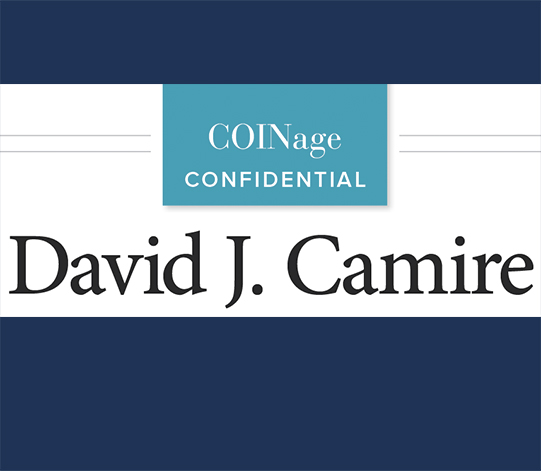
David J. Camire is a collector, grader, conservator and authority on mint errors and modern minting technology and production.
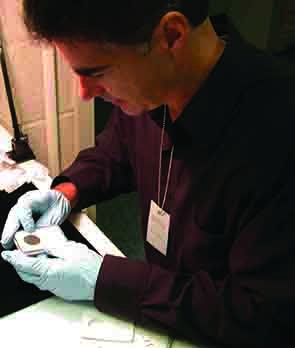
He has achieved great fame and renown as the president of Numismatic Conservation Services (NCS) and has been at NCS since it was founded in 2001. David, in his role as conservator, has handled many numismatic rarities and has been involved with the conservation of coins recovered from several shipwrecks including the S.S. Republic, S.S. New York, and S.S. Pulaski. An added benefit to working at NCS is his ability to consult and work with museums worldwide. David is an active volunteer at the Smithsonian Institution’s Museum of American History in helping to preserve the National Numismatic Collection. He has also consulted and worked with the Shanghai and Shenyang museums in China.
David has worked at the Certified Collectibles Group (CCG) since 1999. He is a grader and finalizer for Numismatic Guaranty Corporation (NGC), specializing in Mint errors and modern Chinese coins. He has examined and graded a great majority of the U.S. coins listed in A Guide Book of U.S. Coins (the “Redbook”) and is also a contributor to that price guide. He is co-author of the book, 100 Greatest U.S. Error Coins (part of the Whitman “100” series). David is a life member of the American Numismatic Association (ANA) and has written articles for its publication, The Numismatist. He has also been a contributor to other numismatic publications, including COINage, Coin World, and Numismatic News.
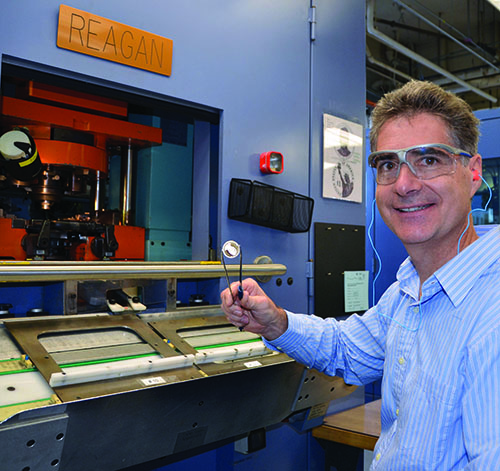
David Camire has given numerous lectures and seminars in the U.S. and abroad. He has been featured on National Public Radio and seen on “Good Morning America” and the Discovery Channel. David has consulted for government agencies in the field of numismatics and worked with the U.S. Secret Service as a consultant for coin authentication. He was one of the experts asked to examine the 10 1933 Saint-Gaudens double eagle gold coins of the Langbord-Switt hoard obtained by the U.S. Mint and held at Ft. Knox.
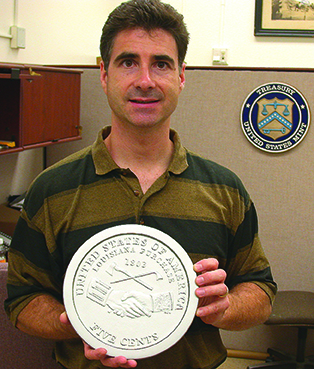
David is also considered an expert in minting and mint technology. A key benefit of knowing the minting process is the ability to distinguish mint defects from damaged coins and establish a coin’s authenticity. He has personally visited all current U.S. Mints (Philadelphia, Denver, San Francisco, and West Point) and many world mints in Europe, South Africa, and Asia (including The Royal Canadian Mint, British Royal Mint, South African Mint, Austrian Mint, Serbia, and Shanghai Mint.). He has also been a consultant for various mints and has assisted with coin design, manufacturing, packaging, and shipping. David is credited with designing the reverse of the 2016 China 12 oz Silver 125th ANA Anniversary Panda Medal, the reverse of the 2017(S) China Medal-NGC 30th Anniversary, and the reverse of the 2019 Serbian S100D Nikola Tesla Remote Control coin.
David worked for The Rarities Group, Inc. just prior to joining NGC. His employment involved travelling to various trade shows, conventions, and auctions buying and selling coins. It allowed him to meet and interact with all the key figures and dealers in the U.S. coin market.
COINage (CA): How did you get involved with numismatics?
David Camire (DC): Like so many collectors of my generation, I started as a teenager collecting coins. I began by collecting coins from my piggy bank. I added to my collection from coins I either found in change or searched for in bank rolls. I later became a student of the minting process and minting technology, which led to my specializing in mint errors. I would later go on to co-author The 100 Greatest U.S. Error Coins. What started out as fun soon turned into a passion that morphed into a career.
CA: What is your favorite area of numismatics?
DC: My favorite areas are mints and minting technology and, of course, mint errors. Recently I have been studying and learning modern Chinese coins minted from 1955. I find them fascinating as a lot of the coins relate directly to the Chinese culture or cultural events. It is a nice way to learn history.
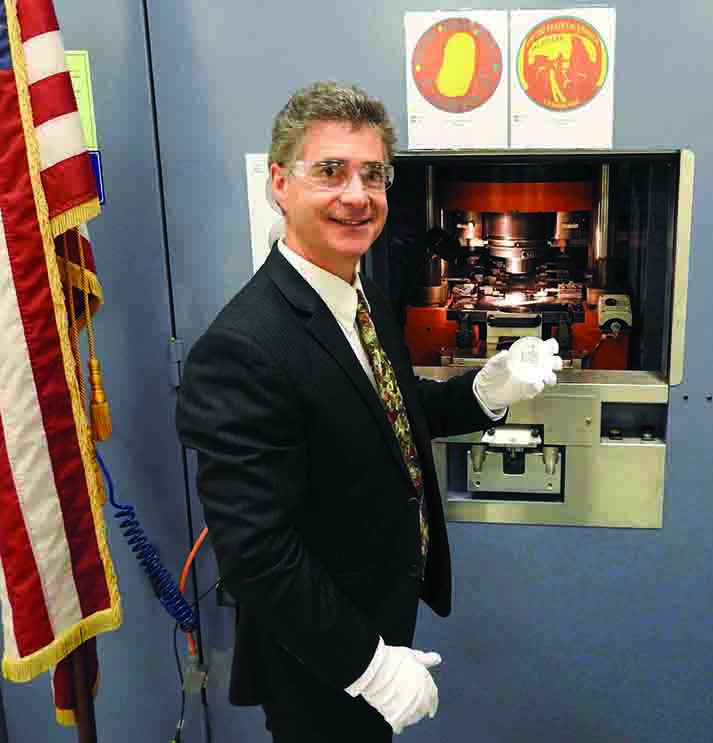
CA: What is “curation” and “conservation”?
DC: When I hear the word curation I think of museums. A curator of a museum is responsible for looking after items and making sure they are properly cared for. Conservation is the act of restoring the coin in a manner that removes any surface contaminants, while preserving the surfaces and originality of the coin.
CA: How did you get interested in conservation?
DC: When I became a professional numismatist, I became aware of the importance of coin cleaning, the good and the bad. After joining NGC, Mark Salzberg and I had lengthy conversations concerning the need for proper conservation in our hobby. Unfortunately, there were far too many collectors and dealers cleaning coins improperly or deceitfully altering them in the name of conservation. So shortly after, in 2001, Numismatic Conservation Services (NCS) was formed.
CA: What do you like best about your work?
DC: Being able to see such a wide variety of U.S. and world coins and helping to conserve them for future generations.
CA: What should collectors do to preserve coins that are in the holders of grading services?
DC: They should store them in the proper environment: a cool dry place.
CA: What should someone do who has coins in grading service slabs that were subjected to a disaster, such as fire or flood?
DC: At a minimum they should send them back to get re-holdered. More importantly, for coins involved in floods, they should be sent to NCS for conservation so that the potentially contaminated water that the coins encountered can be removed and surfaces neutralized. NCS has also been able to help some coins involved in fires. Results will depend on the extent of the fire damage to the coins.
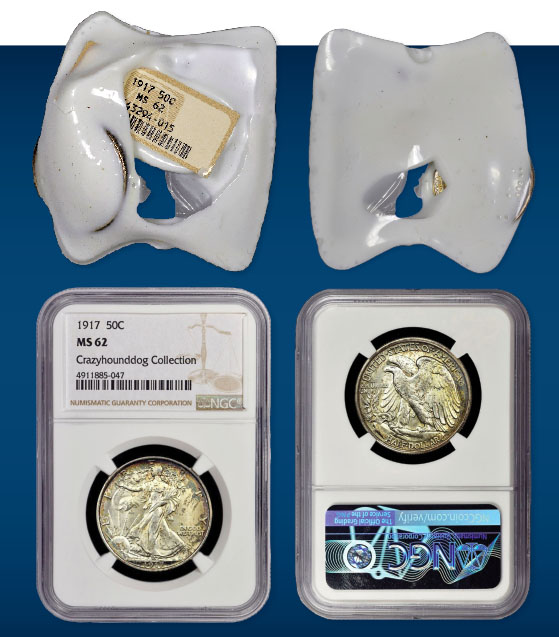
CA: Is there any particular story you would like to share about coins that you helped to save?
DC: There are two situations that come to mind. The first was very humbling. It was when we worked with the Smithsonian Institution (Museum of American History) to help conserve the National Numismatic Collection. It was a great experience to be able to work with the people there and, of course, the coins under their auspices. Being involved with helping to also display the coins after conservation was very rewarding.
The second was being able to help people whose coins were impacted by hurricanes and wildfires. To be able to save coins that seemed to have been ruined was very satisfying.
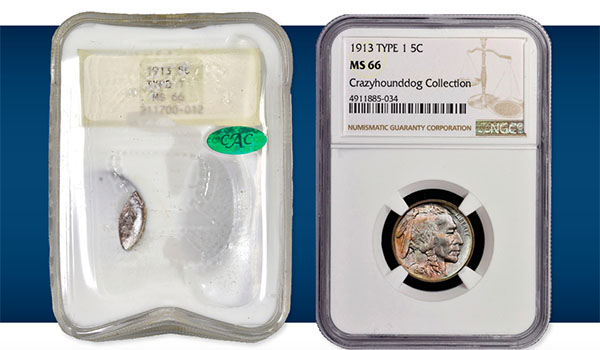
CA: The hobby and science of numismatics has a graying population, and very few young people are entering the field. What needs to be done to expand and grow the hobby?
DC: I believe that the mints of the world must be more proactive in helping to expand coin collecting to a younger audience. The British Royal Mint, for example, has the Great British Coin Hunt. It has been a great success and has been expanded upon.
Way back in 1999, the U.S. Mint began the Statehood quarter series. It was a great success and introduced millions to coin collecting. Since then, nothing has come along to stimulate interest in collecting, but all that is changing.
David J. Ryder, the new director of the U.S. Mint, is a visionary who understands the need to expand and grow the hobby. Just in the short time that he has been in office, he introduced some interesting new products geared to collecting and collectors, such as the “W” mintmarked cents – a first for this mint. Another ground-breaking product just introduced is a new “coin hunt” here in the U.S. For the first time in history, West Point is striking quarters for circulation. But there is a catch. The coins are being mixed into Philadelphia (P) and Denver(D) mint bags. These bags will then be put into rolls and released to the public via normal channels of distribution. That means that not only can you possibly find one of these “W” quarters via a new ($10) roll of coins from your local bank, but you may be handed one in change from your local grocery store.
CA: What is the future of coin shows and conventions?
DC: If I had to guess about the future of coin shows, I would say it looks bleak. I think that there will be a further contraction of shows and that over time there will be only a handful a year. But this could be good for the hobby. By having a consolidation of fewer shows, there lies the possibility that these shows will be bigger, better, and attract a larger crowd. The cost of attending coin shows has gone up and less coins are being displayed and sold at shows. Most of the coins are traded over the internet or at auction. Gone are the days when fresh coins were reserved for coin shows.
Finally, there is location. Some places just do better than others. The FUN show in Orlando, Florida, and the ANA’s in certain east and west coast cities such as Philadelphia, Boston, San Francisco and San Diego, always seem to do the best and attract the biggest crowds.
For coin shows to survive, their organizers need to be creative and think outside the box. Creating events and functions, having celebrity appearances, and having world mints in attendance will contribute to the success of the shows.












